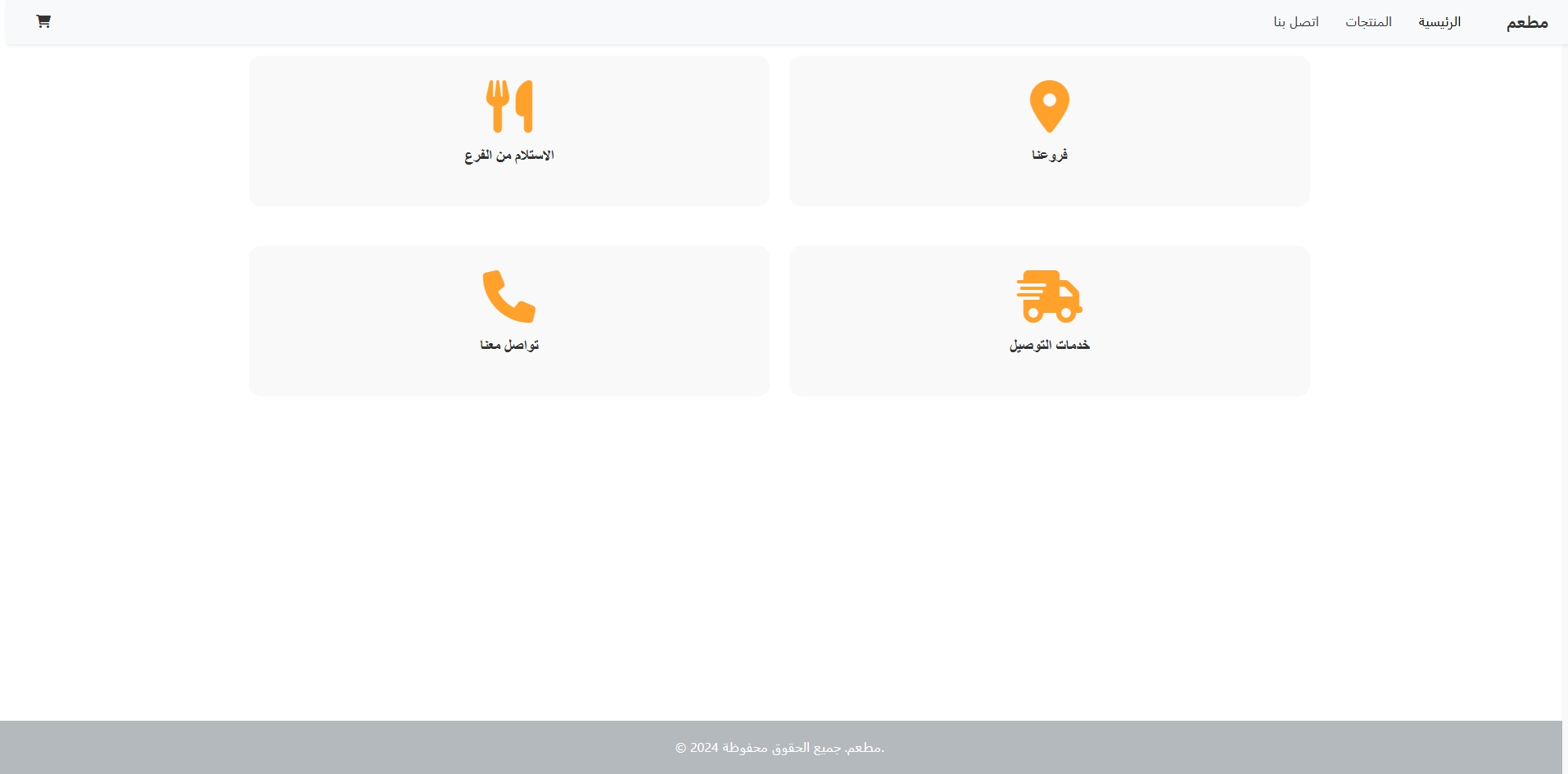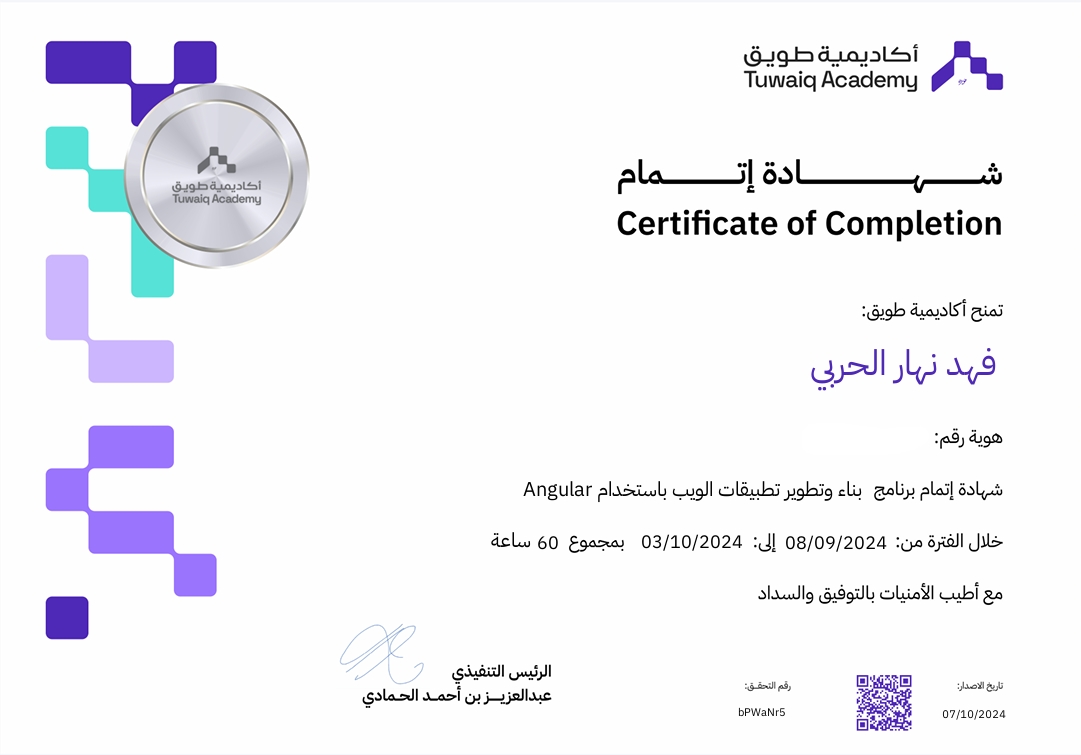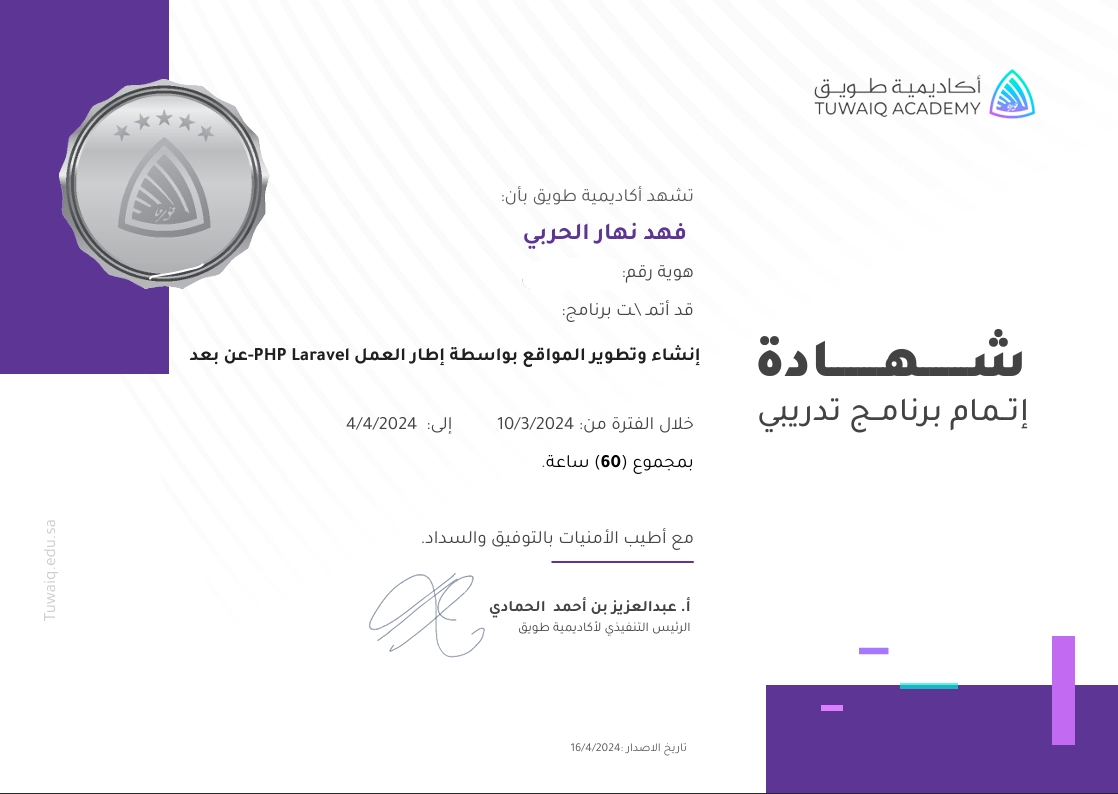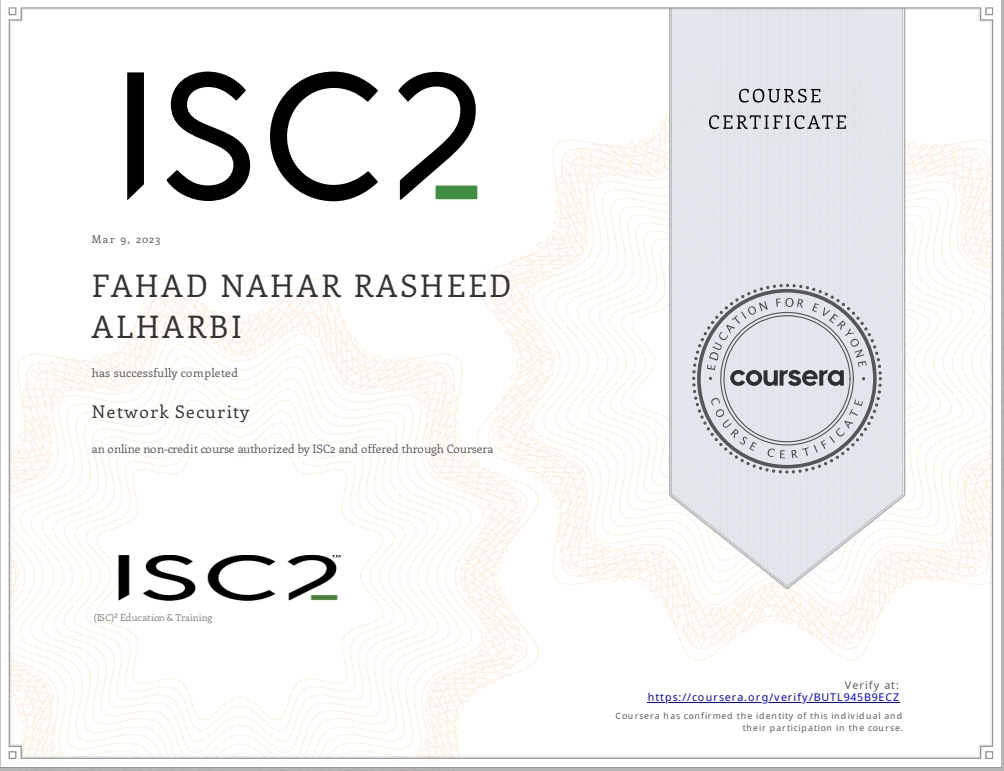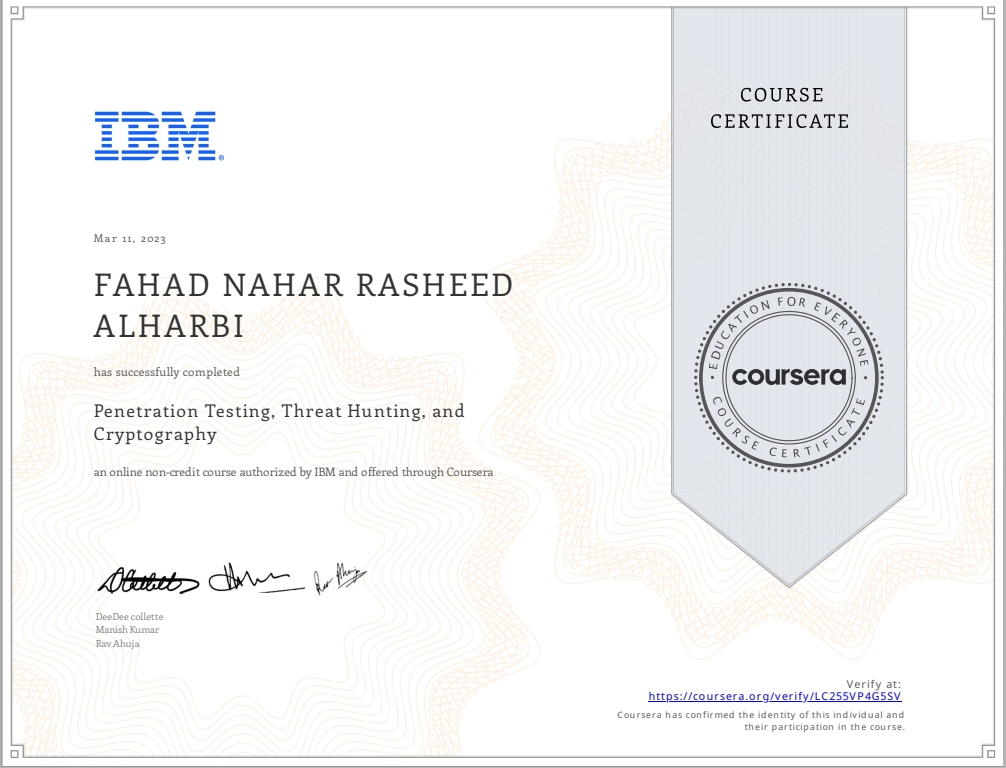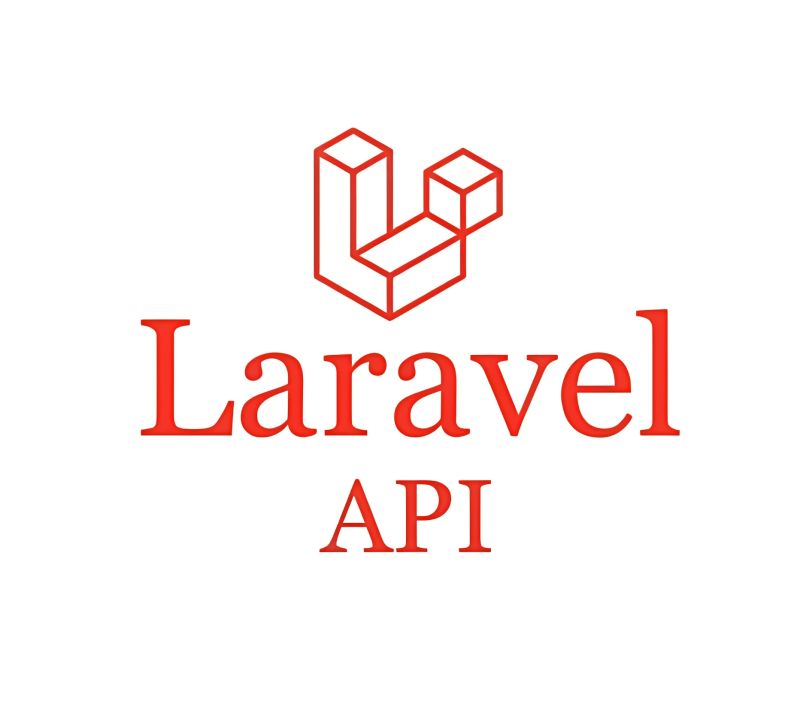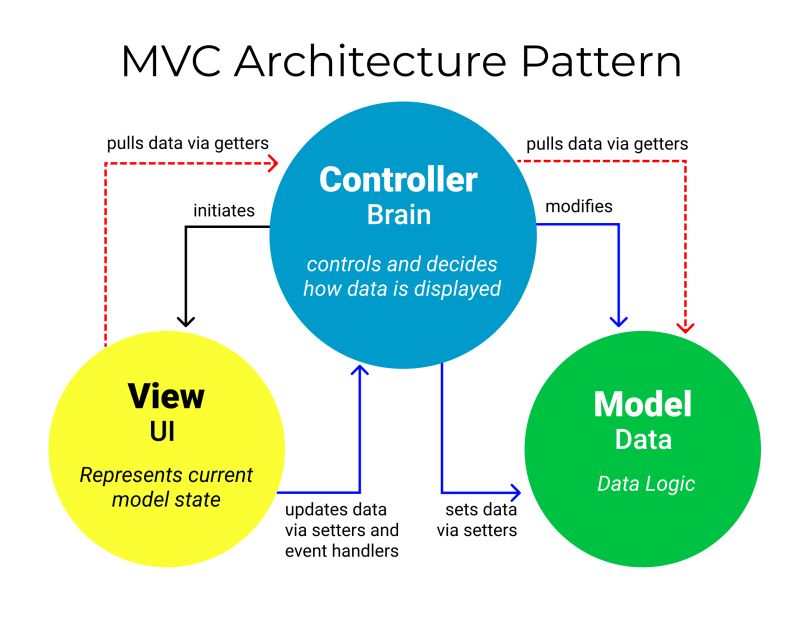2025-06-18
164 views
We always hear the term MVC in programming. MVC is an abbreviation for Model-View-Controller.
First, MVC is not a programming language or a programming tool, but rather a pattern or principle in which code is separated into three parts: The first part: The Model represents the data and the management code, including adding, deleting, modifying, and searching. It modifies and saves data in the database, even after processing the data in the Controller based on user requests in the View or UI. It represents the data the user wants to display. The second part: The View is the user interface (UI) that the user sees and interacts with directly, such as various web pages. For example, you might have a page for the customer screen, a second page for adding, deleting, and modifying customer information, and a user login page. The third part: The Controller is the intermediary between the View and Model. It communicates with the server, acting as a service that communicates between what the user wants in the View and the information in the Model, which it processes and delivers to users in the View. Why do so many companies work with this pattern, and what are the advantages? - Division of roles: For example, the frontend works on the user interface, and the backend works on the business logic. - Improved organization: When we separate the code into three parts, it becomes clearer and easier to maintain and develop. This means that when you want to change something in the user interface, you don't need to mess with the backend, and vice versa. - Facilitating teamwork: In large programming teams, each person can work on a different part of the project without interfering with each other's work. The frontend team works on the view, and the backend team works on the controller and model. - Reusability: Different parts of the code can be reused in other projects. For example, the model that represents data can be used in another project with the same data but a different user interface. - Ease of testing: When we separate the code, it becomes easier to test each part separately. This means you can test the model and ensure that the data is correct without having to test the interface. In general, MVC helps improve code quality and makes software development faster, easier, and less buggy. Frameworks that use MVC: Laravel: A framework for developing web applications using PHP. It relies on the MVC pattern and helps organize code well, making application development faster, easier, and more efficient. ASP.NET MVC: A Microsoft framework used for developing web applications using the C# language. It relies heavily on the MVC pattern to divide code into organized chunks. Ruby on Rails: A framework for developing web applications using Ruby. It is one of the most popular frameworks that rely on the MVC pattern. Django: A framework for developing web applications using Python. It relies on the MVC pattern and is sometimes called MTV (Model-Template-View) to illustrate its role in manipulating data templates. These examples demonstrate how the MVC pattern is used in a variety of different frameworks and programming languages, demonstrating its importance in organizing and developing software effectively.



